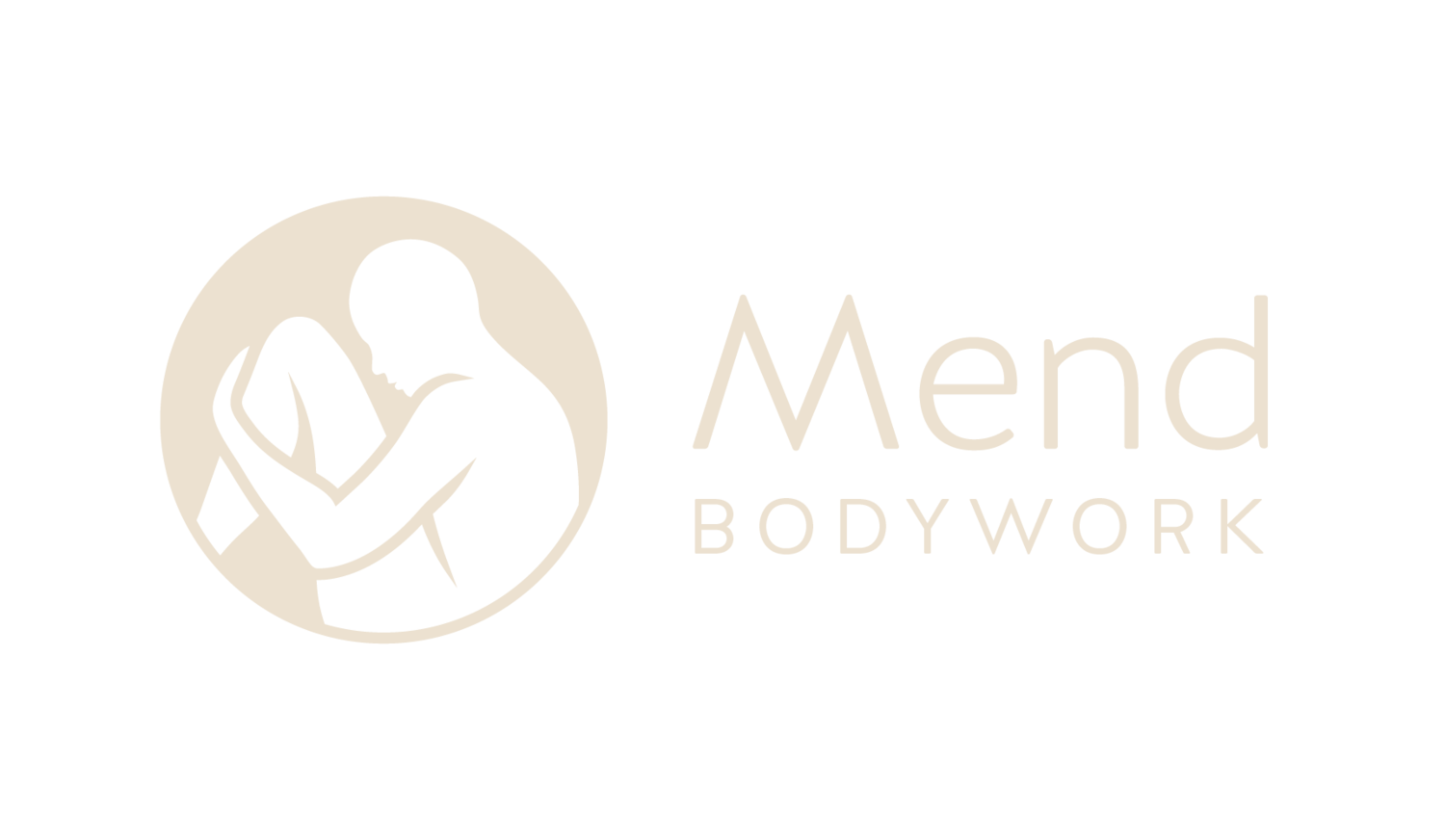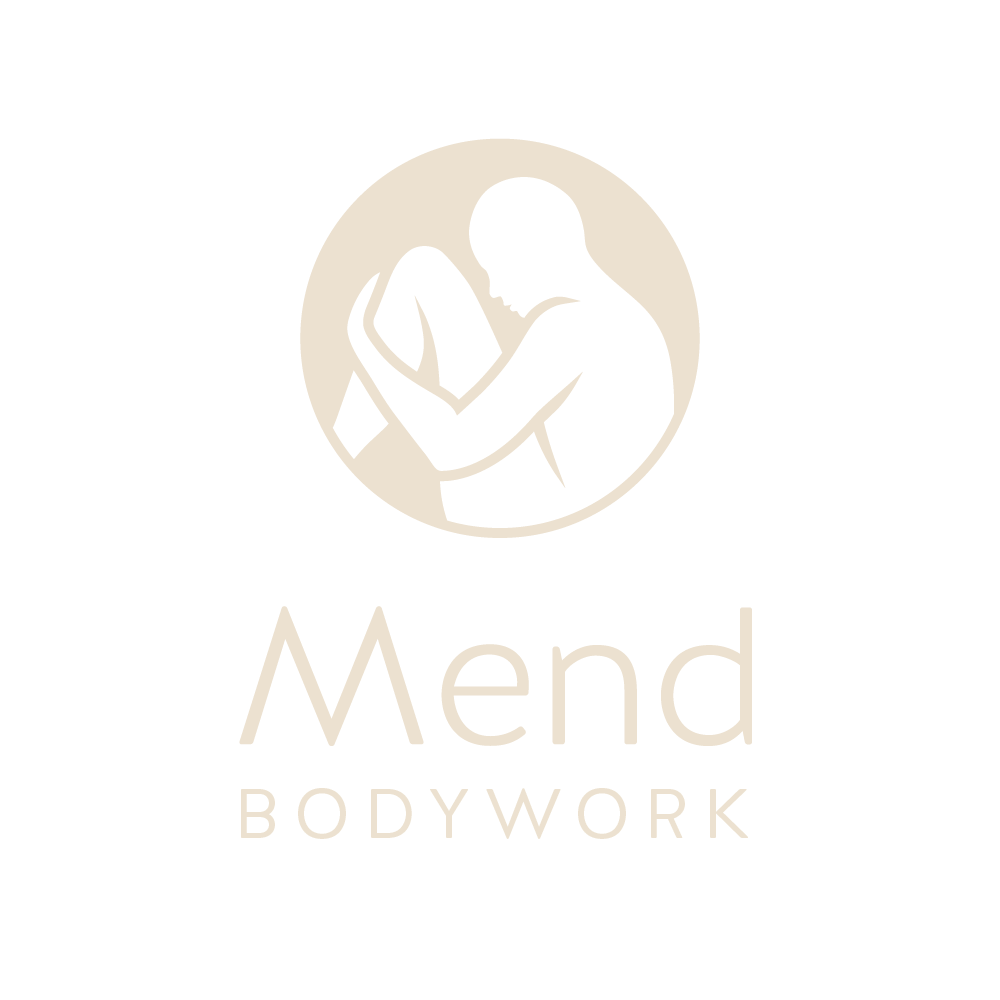At Home Care for Low Back Pain
Hi friends, Lauryn here! This month, we’re focusing on the notorious LOW BACK PAIN that 80% of Americans will experience at some point during their lifetime. Low back pain can be a persistent and uncomfortable issue, but implementing self-care strategies at home can make a huge difference in your comfort and overall well-being. Here are some easy and effective ways to manage lower back pain that you can do at home!
Stretch and Strengthen Your Core
Consistent stretching is one of the most helpful at-home ways to maintain strength and mobility in the body, and doing so at home allows you to be comfortable and take your time to listen to what the body needs!
1. Pelvic Tilt
Lie on your back with knees bent and feet flat on the floor.
Tighten your abdominal muscles and press your lower back into the floor.
Hold for a few seconds and release.
Perform 10-15 reps.
2. Cat-Cow Stretch
Start on your hands and knees, with your wrists aligned under your shoulders and your knees under your hips.
Inhale as you arch your back (Cow pose) and look up.
Exhale as you round your back (Cat pose) and tuck your chin.
Repeat this motion for 1-2 minutes.
3. Bird-Dog Exercise
Begin on your hands and knees.
Extend your right arm forward and your left leg backward.
Hold for a few seconds, then return to the starting position.
Repeat with the left arm and right leg.
Perform 10-15 reps for each side.
4. Bridge Exercise
Lie on your back with knees bent, feet flat on the floor, and arms at your sides.
Lift your hips toward the ceiling while keeping your feet and shoulders on the ground.
Hold for a few seconds, then lower your hips back down.
Perform 10-15 reps.
5. Child's Pose
Kneel on the floor with your toes touching and sit back on your heels.
Extend your arms forward, lowering your chest toward the floor.
Hold for 20-30 seconds and breathe deeply.
6. Knee-to-Chest Stretch
Lie on your back with knees bent and feet flat on the floor.
Bring one knee towards your chest and hold it with both hands.
Hold for 20-30 seconds, then switch to the other leg.
7. Sphinx Stretch
Lie face down with your forearms on the floor, elbows under your shoulders.
Lift your upper body, arching your back while keeping your hips on the floor.
Hold for 20-30 seconds
8. Child's Pose with Rotation
Start in the Child's Pose position.
Thread one arm under the opposite arm, twisting your upper body.
Hold for 20-30 seconds, then switch sides
Ergonomic Improvements - Adjusting your home office setup, car seat, and sleep environment are super important to promote proper posture and reduce strain on the lower back! Remember to keep a neutral spine position and take time during the work day and long drives to stretch and decompress the muscles. When sleeping, find positions that are supported to keep joints stacked evenly, and avoid compromise to the spine!
Chair & Desk Position - Ensure your chair supports the natural curve of your spine and adjust the height so that your feet are flat on the ground or on a footrest. Your desk should be at a comfortable height, allowing your forearms to be parallel to the ground.
Driving Car Seat Position -
Seat Position - Adjust your car seat so that your lower back is supported and your knees are at a 90-degree angle. Use a small cushion or lumbar roll if needed for additional lower back support.
Steering Wheel - Position the steering wheel to allow comfortable arm extension without overreaching.
Frequent Stops - On long drives, take breaks to stretch and walk around, as sitting for extended periods can contribute to lower back discomfort.
Sleeping Positions - We all know that sleeping on the back is generally the most recommended position, but the reality is that almost 75% of people sleep on their side! Rather than forcing the comfortability of back sleeping (it’s difficult, trust me).
Heat and Cold Therapy - This time of year, everyone wants to break out the hot packs for winter! Thermal therapy is SO beneficial for muscle strains, soreness, tension, nervous system regulation, I could go on!
Apply heat or cold packs to your lower back to alleviate pain and inflammation. Cold packs are helpful for recent injuries, while heat can provide comfort for chronic pain.
Mind-Body Techniques - Incorporating relaxation techniques such as deep breathing, meditation, and mindfulness into your daily routine is something that will benefit any tension in the body, as well as the mind. Stress and tension can exacerbate lower back pain, so calming your mind can have a positive impact.
Stay Active - Avoid extensive periods of inactivity. Regular, low-impact exercises like walking and swimming can help maintain flexibility and core strength, and movement in general avoiding stationary positions for long periods of time will help decrease tension in the low back.
Stay Hydrated and Maintain a Healthy Diet - Adequate hydration and a balanced diet are essential for overall health. Proper nutrition supports your body's natural healing processes.
Consult a Professional - If your pain is chronic or severe, consult a healthcare professional or physical therapist. They can provide personalized advice and treatment options.
Stay Consistent - The key to effective self-care for lower back pain is consistency. Incorporate these strategies into your daily routine to experience lasting relief.
Remember that everybody’s experience with lower back pain is unique! It's important to consult with a healthcare professional for a personalized approach. By implementing these self-care strategies at home, you can take an active role in managing your lower back pain and improve your overall quality of life!
Our therapists at Mend are very experienced when it comes to low back pain and the variety of causes and symptoms that follow. Message us with questions you might have about your own low back pain journey!
Remember that consistency is key. Regularly incorporating these exercises and stretches into your routine can help strengthen your core and relieve low back pain over time.
By making these ergonomic adjustments, you can help maintain the natural alignment of your spine, reduce pressure on the lower back, and minimize the risk of developing or exacerbating lower back pain. It's important to remember that everyone's ergonomic needs may vary, so you should customize these adjustments to suit your individual comfort and health requirements.

